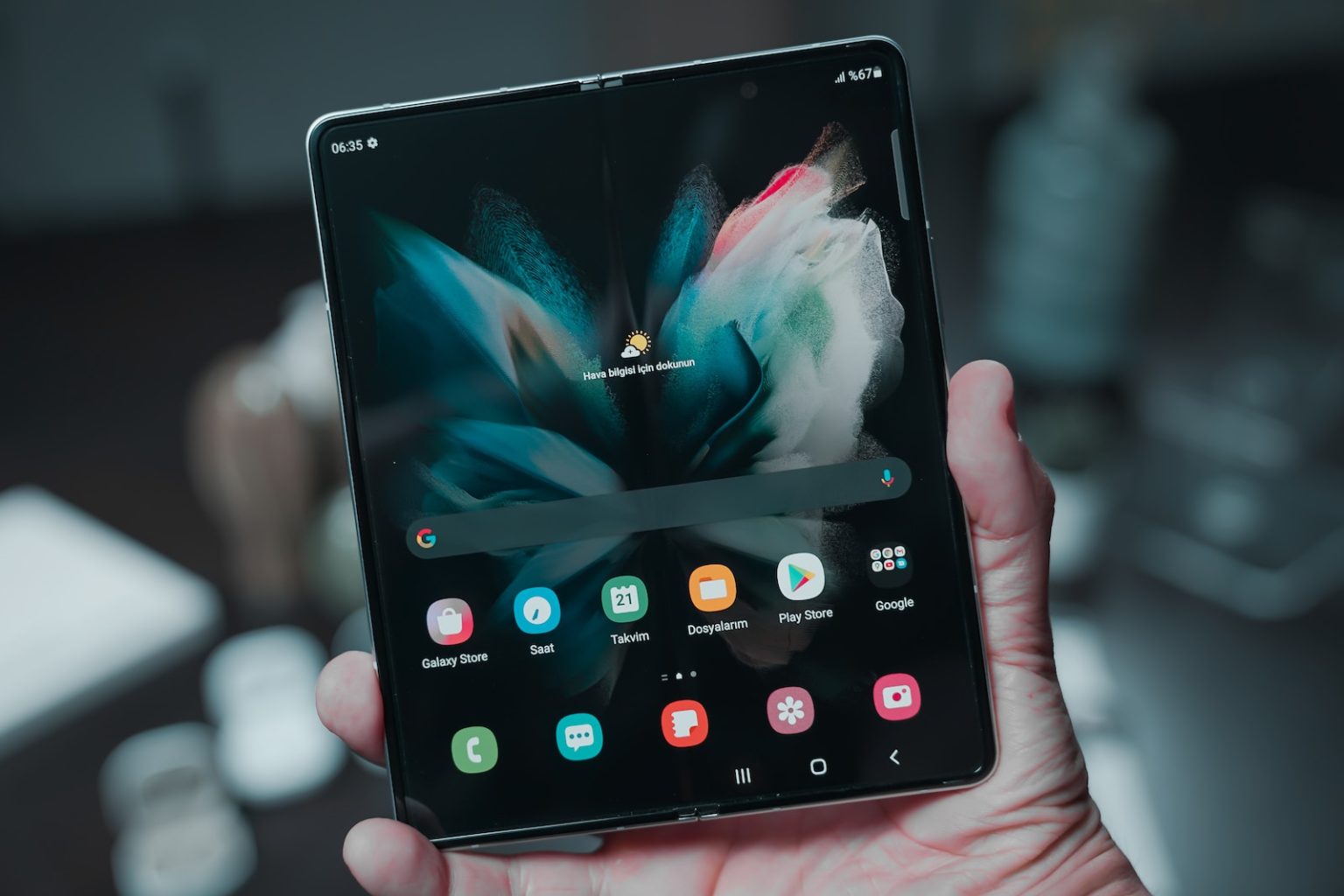In today’s fast-paced world, mobile devices have become an integral part of our lives. From socializing to shopping, we rely heavily on our smartphones and tablets. As a result, mobile app development has become a crucial aspect of business strategy. However, with the increasing competition in the market, it is not enough to just have a mobile app. It needs to be user-friendly, responsive, and engaging. One way to achieve this is by incorporating feedback systems in mobile design.
Feedback systems are an essential part of any user-centered design. They help to bridge the gap between the user’s expectations and the app’s functionality. By providing timely and relevant feedback, they enhance the user’s experience and improve the overall usability of the app. In mobile design, feedback systems can take many forms, such as visual cues, animations, and notifications.
Visual cues are a simple yet effective way to provide feedback to the user. For example, when a button is pressed, it should change color or size to indicate that the action has been taken. This helps the user to understand the app’s response and provides a sense of satisfaction. Similarly, animations can be used to provide feedback on loading times or to indicate the completion of a task. They add a touch of personality to the app and make it more engaging for the user.
Notifications are another important feedback system in mobile design. They keep the user informed about new updates, messages, and alerts. However, notifications should be used sparingly and only when necessary. Too many notifications can be annoying and distract the user from the app’s main purpose.
In addition to these feedback systems, mobile design should also incorporate user testing and feedback. User testing involves observing users as they interact with the app and gathering feedback on their experience. This helps to identify any usability issues and improve the app’s design. User feedback, on the other hand, involves gathering feedback from users through surveys or feedback forms. This helps to understand the user’s needs and preferences and tailor the app accordingly.
In conclusion, incorporating feedback systems in mobile design is crucial for creating a user-friendly and engaging app. Visual cues, animations, and notifications are effective ways to provide feedback to the user and enhance their experience. User testing and feedback are also important for improving the app’s design and meeting the user’s needs. By focusing on feedback systems, mobile app developers can create apps that are not only functional but also enjoyable to use.




